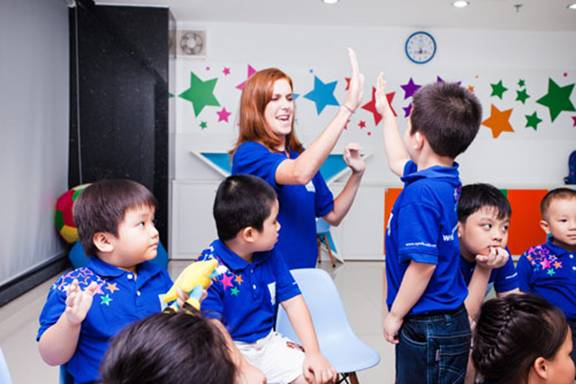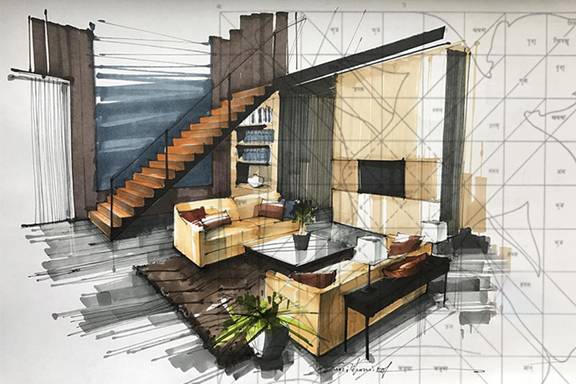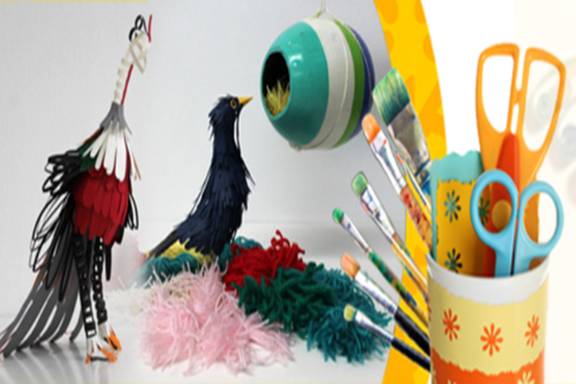textile-designing
Textile designing is a creative field that includes fashion design, carpet manufacturing and any other cloth-related field. Textile design fulfills a variety of purposes in our lives. The creations of textiles are not only important for their use, but also for the role they play in the fashion industry. Textile designers have the ability to inspire collections, trends, and styles. The textile industry, while being a creative art form, is a very business savvy industry.
Textile designers having a creative vision of what a finished textile will look like with a deep understanding of the technical aspects of production and the properties of fiber, yarn, and dyes. The creative process often begins with different art mediums to map concepts for the finished product. Traditionally, drawings of woven textile patterns were translated onto special forms of graph paper called point papers, which were used by the weavers in setting up their looms.
Today, most professional textile designers use some form of computer-aided design software created expressly for this purpose. Patterns are often designed in repeat to maintain a balanced design even when fabric is made into yardage. Repeat size is the distance directly across or down from any motif in a design to the next place that same motif occurs. The size of the repeat is determined by the production method.
Designers might want to use the method of dyeing or printing to create their design. There are many printing methods. The field encompasses the actual pattern making while supervising the production process. In other words, textile design is a process from the raw material into finished product. Fiber, yarn and finishes are the key elements to be considered during the textile design procedure.
Certificate in Textile Designing
Program Duration: 6 months (1 Sem)
Eligibility Criteria
Admission is open to those candidates who have successfully completed their 10th or 10+2 in any discipline or higher
1. Computer Editing
NED Graphics
Scanning
Drawing
Color
2. Types of Looms
PIT Loom
Frame Loom
Dobby Loom
Jacquard
Shuttle Less Loom
3. Weave
Plain Weave
Twill Weave
Satin Weave
Advance Weave
3. Computer
NED GRAPHIC Weaving VER.
Weave Editor
Product Creator
Diploma In Textile Designing
Program Duration 1 year/ 12 Months (Sem 1, Sem 2)
Eligibility Criteria
Admission is open to those candidates who have successfully completed their 10th or 10+2 in any discipline or higher
1 semester
1. Art Perspective
Shape
Space
Form
Color
Texture
2. Concept of Design
Structural and Applied Design
Principles of Design
Balance
Rhythm
Harmony
3. Color
Color wheel
Monocromatic Color
Tint and Shade
Warm and Cool Color
4. Basic Embroidery
Running Stitch
Stem Stitch
Cross Stitch etc…
5. Textile Fibers
Natural Fiber
Cellulosic Fibers
Man made Fibers
6. Yarn
Simple Yarn
Complex Yarn
Texture Yarn
7. Computer
NED Graphic
Texcelle
2 Semester
1. Source of Insperation
Nature
Monuments
Printed Textile
Painted Textile
2. Types of Looms
Pit Loom
Frame Loom
Dobby Loom
Jacquard
Shuttle Less Loom
3. Weave
Plain Weave
Twill Weave
Satin Weave
Advance Weave
4. Embroidery of India
Phulkari
Chicken kari
Kantha
Sindhi
5. Dyeing & Printing
Direct Dyes
Disperse Dyes
Reactive Dyes
6. Textile Finishing
Chemical Finishing
Decorative Finishing
Stain Removing
7. Computer
NED Graphic
Weaving Version
Product Creator
Loom Editor
Certificate In Merchandising
Program Duration: 3 Months
Eligibility Criteria
Admission is open to those candidates who have successfully completed their 10+2 in any discipline or higher
Make contact with Buyer
Obtain Order
Do costing for the Particular Product
Negotiation with Buyer
Order Fabric and Trims
Send sample to Production
Supervising the order till Shipment
File work would be given to the students in each semester and the student has to submit one project on or before each semester exam.
Student has to get one First Aid Training also and awarded by Certificate from a recognize Organization.
Career Scope: After successful completion of training, the person will be able to work as: -
Industrial and Non-Industrial Locations, they often specialize or work in a specialist context within the textile industry. The two major areas of textiles are
1. Interiors (upholstery, soft furnishings and carpets)
2. Fabrics for clothing (fashion or specialist e.g fireproof)
Many textile designers are self employed while others work as part of a design team.
Candidate can work as color and style specialist, color and trend forecaster, color and design consultant, textile and surface developer, print and pattern designer, strategic intervener.






